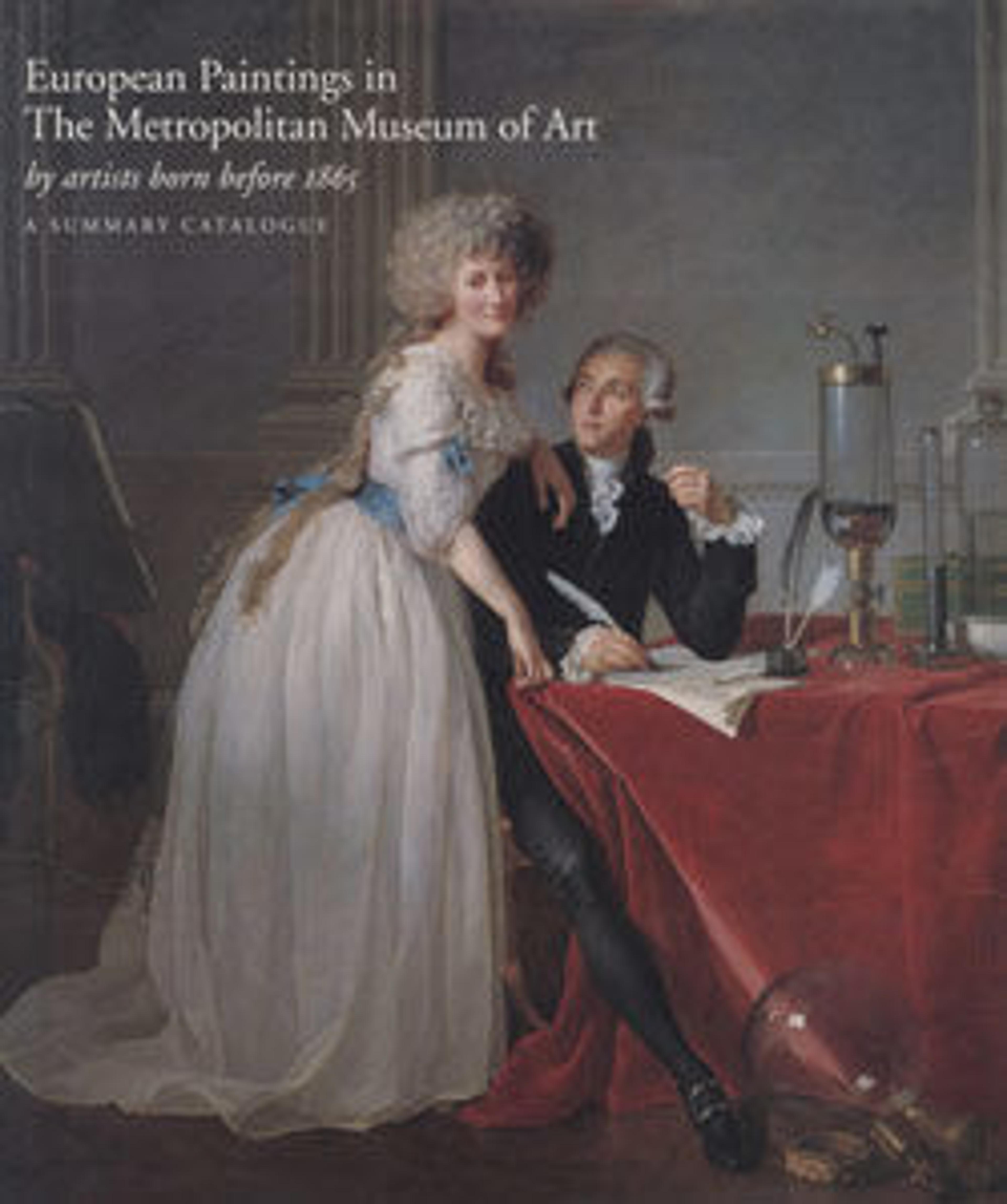The Crucifixion
This oil sketch helped Murillo to prepare a large painting that is today in the Museo del Prado in Madrid. The artist’s characteristic smoky atmosphere, achieved through rough paint handling and masterful distribution of light, creates an ideal image for devout meditation at this small scale: the sun has set, the cloudy sky is streaked with moonlight, Christ’s body falls limp, and Jerusalem can be seen in the dim distance. This intimate canvas is possibly the same "little Crucifixion" owned by Sebastián Martínez (1747–1800), whose portrait by Goya is also in The Met collection.
Artwork Details
- Title: The Crucifixion
- Artist: Bartolomé Estebán Murillo (Spanish, Seville 1617–1682 Seville)
- Date: ca. 1675
- Medium: Oil on canvas
- Dimensions: 20 x 13 in. (50.8 x 33 cm)
- Classification: Paintings
- Credit Line: Bequest of Harry G. Sperling, 1971
- Object Number: 1976.100.17
- Curatorial Department: European Paintings
More Artwork
Research Resources
The Met provides unparalleled resources for research and welcomes an international community of students and scholars. The Met's Open Access API is where creators and researchers can connect to the The Met collection. Open Access data and public domain images are available for unrestricted commercial and noncommercial use without permission or fee.
To request images under copyright and other restrictions, please use this Image Request form.
Feedback
We continue to research and examine historical and cultural context for objects in The Met collection. If you have comments or questions about this object record, please contact us using the form below. The Museum looks forward to receiving your comments.
